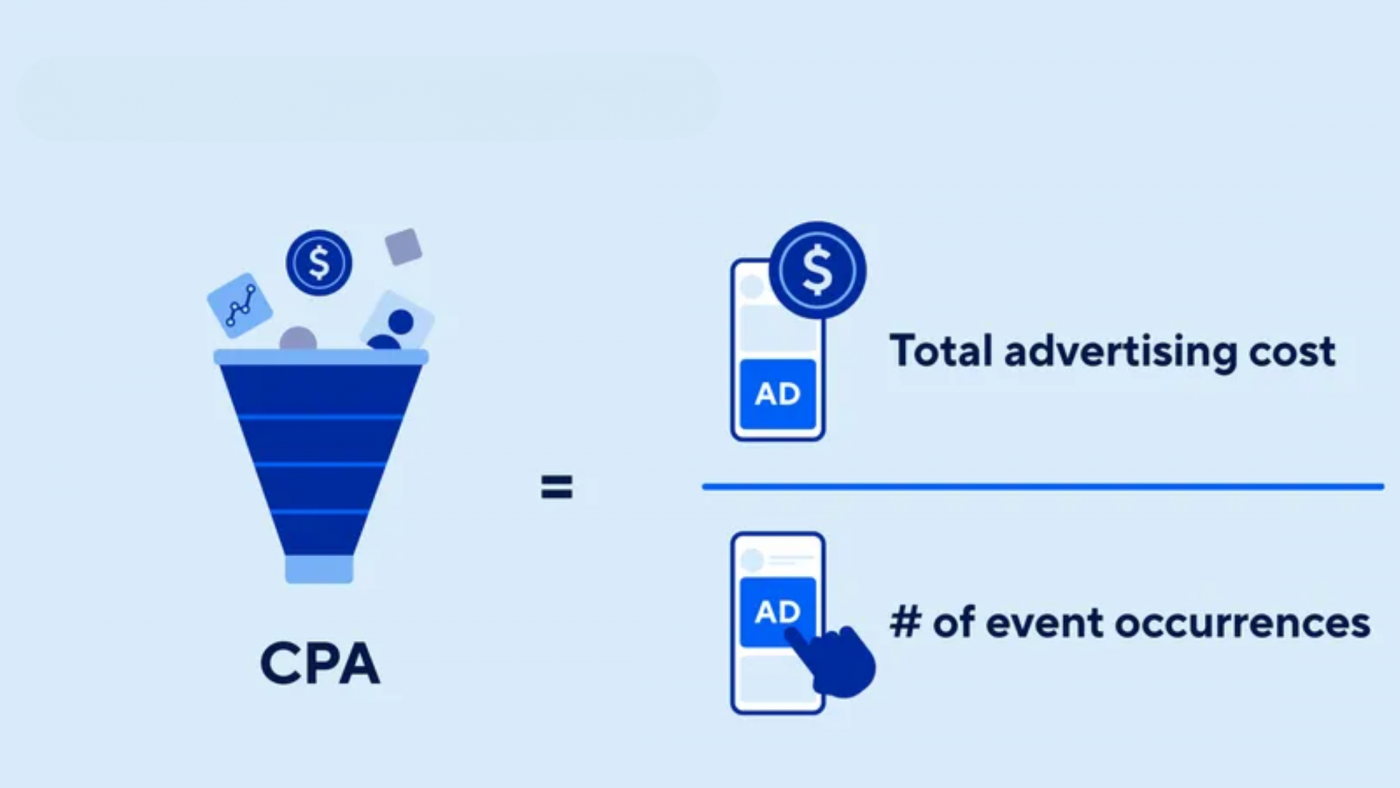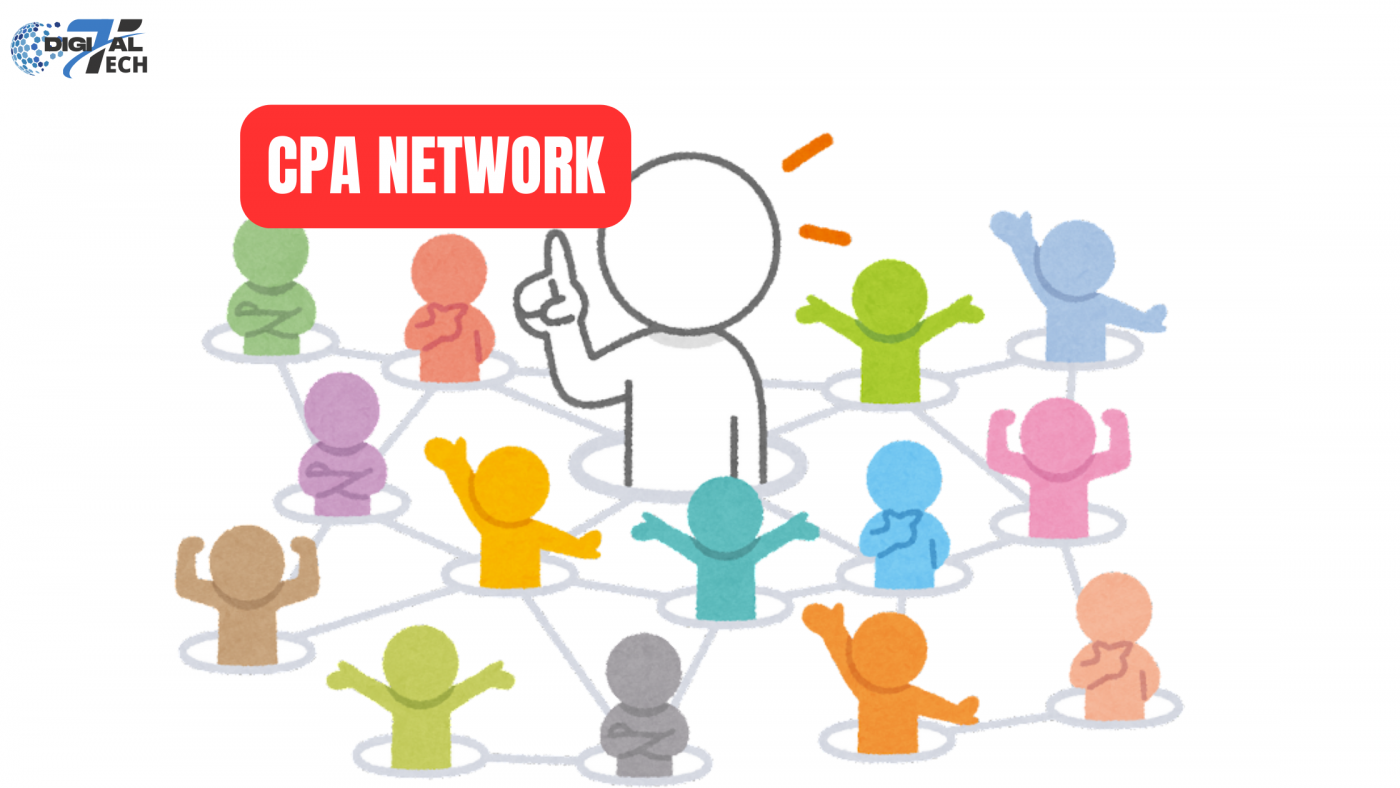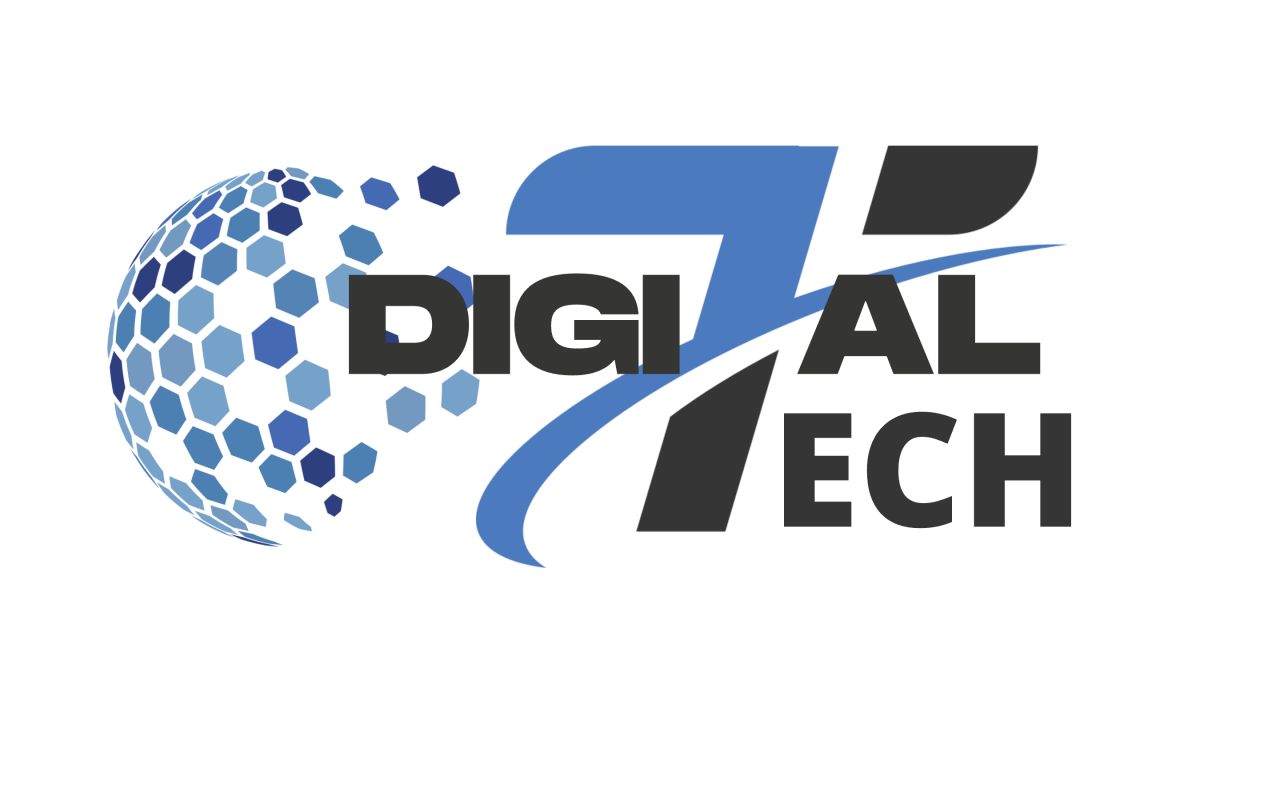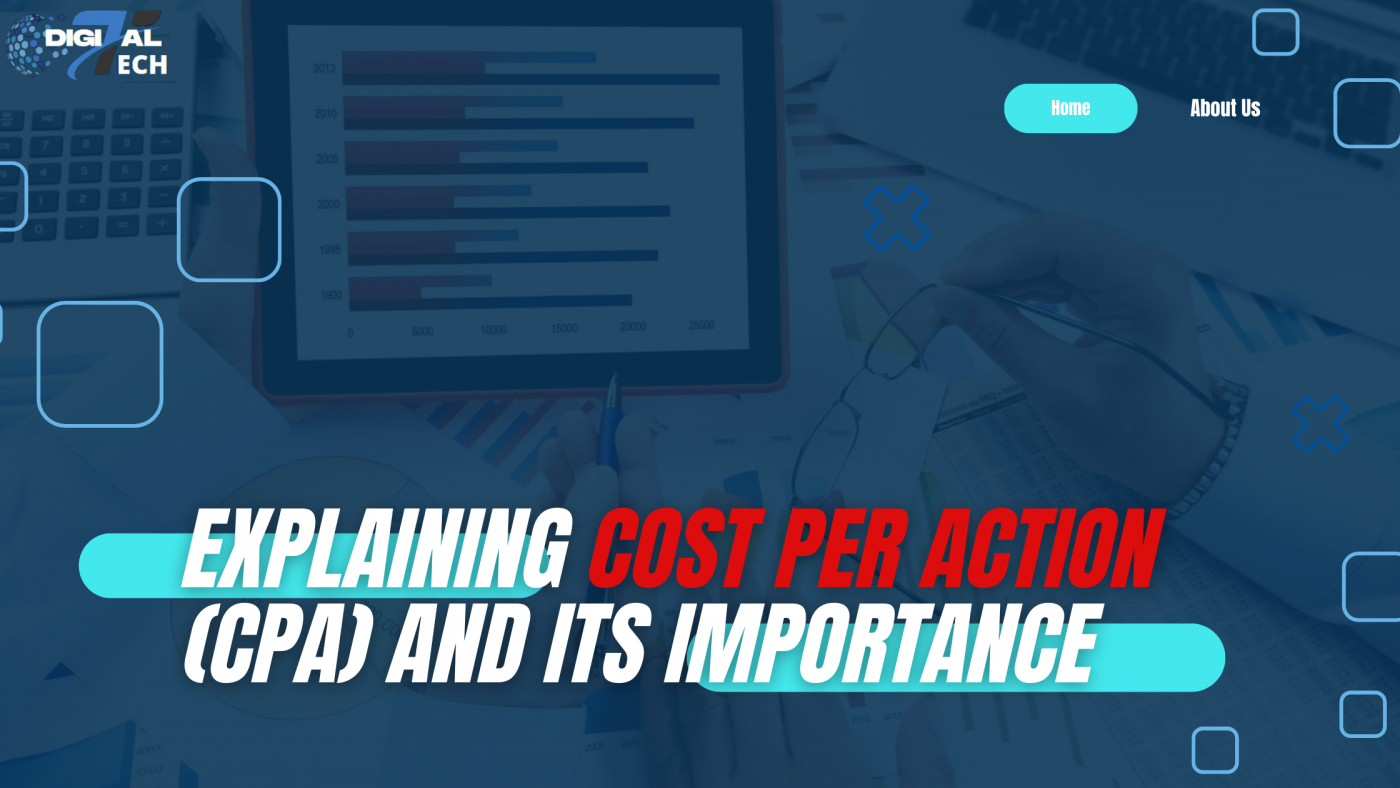The cost-per-action pricing model is the one most commonly used by acquisition marketers since it enables them to define an acquisition before starting advertising. It only charges for the activity that is intended to be completed.
Therefore, instead of using CPC, which only indicates the number of people visiting your content,. CPA provides a clearer picture of whether users stay and how long they stay to view the content.
This article will explore what CPA is and the importance of CPA to your campaign.
1. What is Cost Per Action (CPA)?
The total amount spent to persuade your users to complete the required activities is referred to as the “cost per action” (CPA). Purchases, installations, registrations, and sign-ups are typical instances of this activity.
Use this formula to get the cost per action (CPA):

The cost per action can be calculated by dividing the entire marketing expenditure by the total number of activities.
2. What is cost-per-action marketing?
The price of action marketing is an affiliate marketing strategy where an advertiser and an affiliate work together. Specifically, it is the affiliate’s responsibility to help the advertiser with their marketing. Consequently, the affiliate gets paid when a user takes a particular action in response to the marketing campaign.
CPA networks, affiliates, and advertisers make up CPA marketing.
1. Affiliate or Publisher

An affiliate is typically defined as an influencer, publisher, or content producer who has a built-in fan base and runs a website, blog, or business. Affiliates work together with marketers to market their goods, online businesses, or e-commerce websites.
2. Advertiser or Business

The advertiser, or company, is a brand that works with an affiliate to market its goods in order to enhance the outcome by drawing targeted traffic to its website.
3. CPA Network

Through a CPA network, which is typically a company whose main goal is to weed out unskilled publishers and help advertisers find advantageous offers from publishers who are most likely to provide leads, an advertiser and publisher can connect.
CPA networks generally manage payments in addition to overseeing interactions between publishers and advertising.
3. Types of CPA Marketing
Advertisers and publishers use a variety of CPA (cost per action) marketing techniques to increase consumer engagement and boost sales. Let’s examine these several strategies:
1. Pay Per Sale
The advertiser gives the publisher a portion of the product’s sale price when a customer buys a product as a consequence of the affiliate’s marketing efforts. Payment to the publisher only comes through sales.
2. Pay Per Action
The publisher is paid when a customer completes a certain activity, including downloading the advertiser’s app or website, signing up for a trial, purchasing an in-app item, or subscribing to a newsletter.
3. Recurring Payments
Under the recurring payments affiliate model, each time a user makes a subsequent purchase, the publisher gets paid a commission. Unlike many affiliate programs, which only pay out if a customer completes a transaction, this one pays out continuously.
4. What is the process of CPA marketing?
Let’s dissect the CPA model to learn how CPA marketing operates below:
- Step 1: The affiliate puts an advertisement for a sponsor on their application or website.
- Step 2: The customer clicks on the advertisement or link.
- Step 3: A tracking link directs the customer to the advertiser’s website or app.
- Step 4: The customer places an order on the advertiser’s website or app.
- Step 5: The affiliate network keeps an eye on the transaction’s purchase details.
- Step 6: The advertiser certifies that the sale was made in a legitimate manner.
- Step 7: Transaction certification is given to the referring affiliate.
- Step 8: The affiliate receives the agreed-upon commission.
4. What makes the cost per action significant?
The four modern pricing models that are most frequently utilized in mobile marketing campaigns are CPA in conjunction with:
- CPM (Cost Per Mille)
- CPI (Cost Per Install)
- CPC (Cost Per Click)
With the increasing sophistication of marketing tools, resources, and tactics, there has been a growing demand for a pure performance model. This is to guarantee that they can pay as close to the anticipated output as possible.
Media outlets now have an easier time securing advertising budgets from performance marketers, thanks to the CPA model. In the past, these marketers would not have been prepared to pay for advertising that wasn’t clearly worth it.
Due to this, pricing structures have changed from cost per mille (a thousand impressions), which was more driven by vanity, to cost per click and, ultimately, cost per install. Although this is a crucial funnel stage, it does not guarantee income generation.
Among the pricing models now on the market, CPA is a popular choice since it directly represent campaign profitability and places little financial risk on the marketer.
5. Benefits of Cost-Per-Action Marketing
Because it increases Return On Advertising Spend (ROAS) and gives firms access to a large audience, CPA marketing is successful. A summary of some of the primary advantages of cost-per-action advertising is provided below:
1. Integrated Advertising
Consider collaborating with publishers to market your items in order to reach a wider audience. Because content creators and influencers have devoted fan bases, advertising your items on their websites can help build your market reach. This will allow you to efficiently combine all of your marketing efforts under one roof.
2. Lower Risk
Because you only pay when a conversion happens, CPA marketing is a low-risk affiliate marketing strategy. This significantly lowers the likelihood of affiliates tampering with the system to increase website traffic or clicks. The recommendations you get as a result are probably more reliable and worthwhile.
3. Higher ROI
CPA marketing is cost-effective because you only pay a commission when there is a successful conversion, leading to a higher Return On Investment (ROI). Commissions can be paid as a flat fee or as a percentage of the sale price.
4. Quick and Simple
All you takes to get a CPA marketing campaign started is selecting an offer and a CPA network. The initial outlay needed is negligible. Your preferred payment processor can set up an automated commission payment system to manage compensation payments, and you can choose an affiliate manager to handle affiliate arrangements on your behalf.
6. The Top 4 CPA Marketing Techniques
1. Investigate thoroughly to find worthwhile offers
Investigate the best websites for CPA marketing opportunities. These websites serve as search engines for CPAs, offering affiliates a wide selection of offerings from reputable CPA networks.
2. Employ traffic-related techniques
Use techniques to drive more people to your partner advertiser’s website as well as your own. The finest strategies to take into account in order to increase traffic rates are as follows:
- Keyword targeting and increasing the prominence of your search results are two ways SEO increases traffic
- Pay-per-click marketing is a productive approach to increasing website traffic
- Use social media to spread convincing ads
3. Join a user acquisition platform
Select a network that offers a comprehensive dashboard for reviewing important metrics and financial information. A top-notch CPA network ensures a large selection of ideas by regularly refreshing its offers. To further simplify your CPA marketing campaign, several CPA networks provide creatives like landing pages, banners, ad links, and suggested ad content.
Examine the network’s publisher verification procedure as well. Take care, as the platform might accept publishers that don’t adhere to the necessary requirements if it is very forgiving.
4. Engage a skilled affiliate manager
To ensure that your affiliate partners continue to promote your items, look for an affiliate manager who can assist you in building a trustworthy connection with them.
The following are some ways that affiliates might profit from an expert affiliate manager’s assistance:
- They assess ideas and recommend joint venture tactics.
- They offer recommendations for enhancing advertising or affiliate links to increase conversion rates.
- They provide original ideas for crafting pertinent material that highlights the advertiser’s goods.

